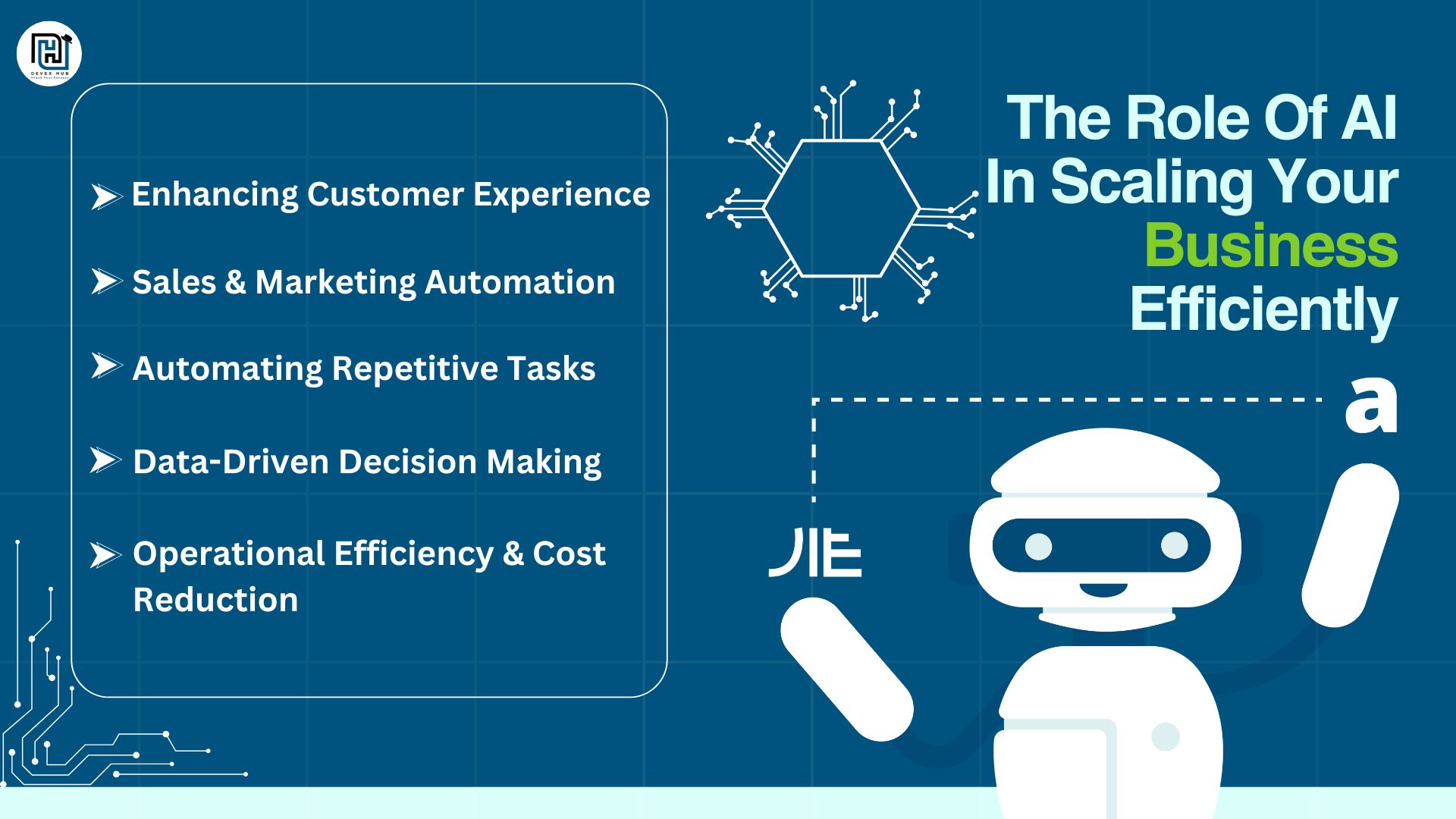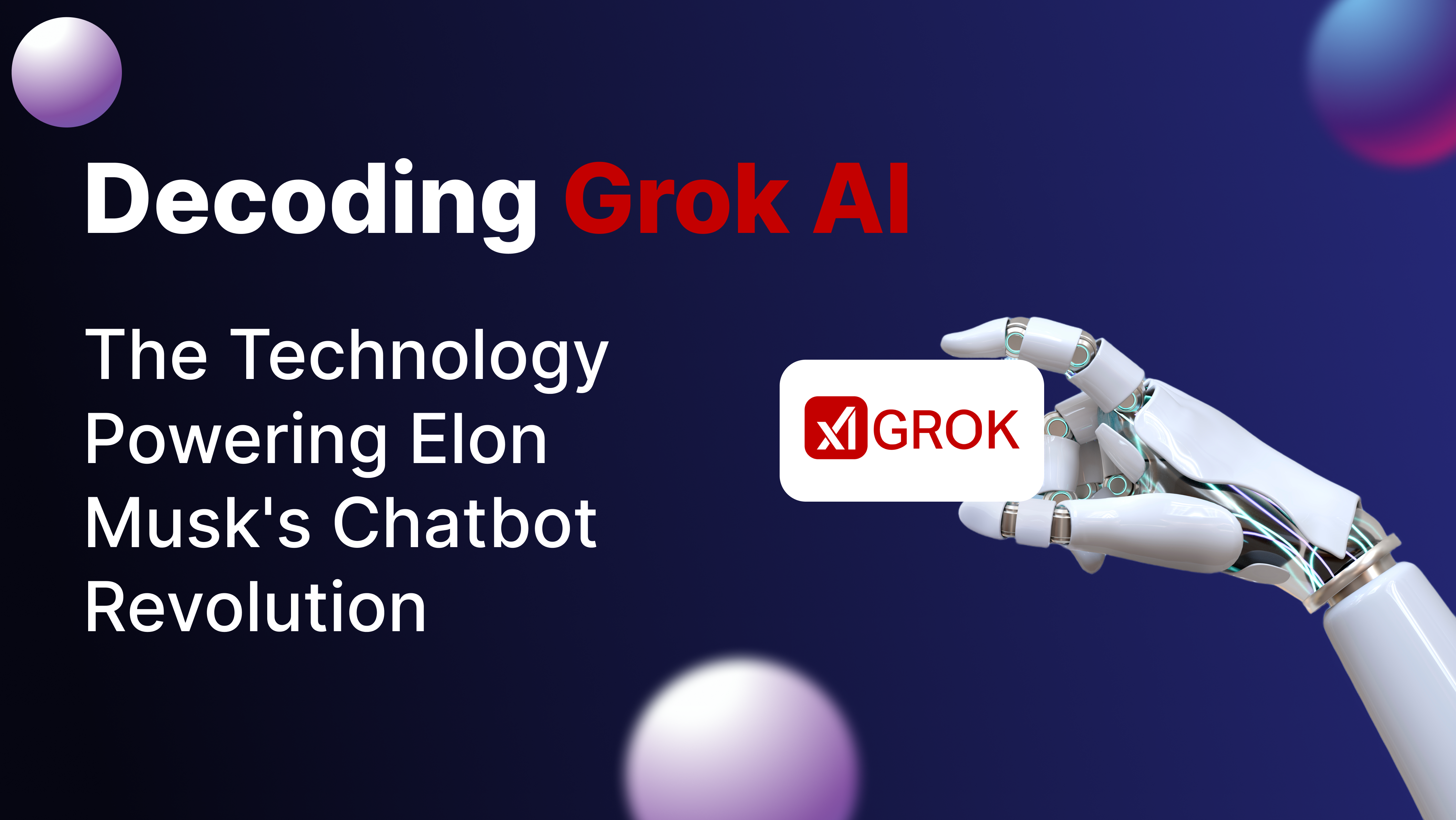How Top Brands Use AI Without Sounding Like Robots: A Blueprint for Human-Centric Automation

Imagine this: You're scrolling through social media and see a post that feels a little too perfect—like a robot wrote it. What do you do? You probably scroll right past. Most people do.
Here’s the thing: Most customers don’t trust brands that sound robotic, but at the same time, they still want content that feels personal and relevant.
This is the tricky part—the AI-authenticity gap. Brands need AI automation services and strategy to stay fast and consistent, but too much of it can make them feel cold or fake.
So, what’s the fix?
Use AI to handle the hard work, and let real people add the human touch.
In this guide, we’ll show you exactly how top brands do it—and how you can too.
Why Authenticity Matters in the AI Era
Let the numbers do the talking:
- Around 6 out of 10 people stop following brands that feel too automated.
- Content that feels more human can get up to 3 times more likes, shares, and comments.
Now, here’s what can go wrong:
- That stiff, robotic tone. AI often sounds too formal or filled with buzzwords no one really uses.
- People lose trust fast. If your message feels fake, your audience notices—and leaves.
Strategies to Keep Your Brand Human
A. Hybrid Workflows: Let AI and Real People Work Together
Here’s how to do it:
- Let AI create the first drafts. Use it to come up with 10 versions of a social post or email.
- Pick the versions that sound closest to your style, then make small changes. Add a light joke, keep the words simple, or include a short story your audience can relate to.
- Test what works. Try posting both AI-only and human-edited versions. In one test, click rates went up by 40% on posts that were edited by a real person.
Helpful tools: Use writing assistants to generate drafts (ChatGPT) and collaborative editors (Notion AI) to fine-tune them with your team.
B. Personalization Without the "Creep Factor"
Keep it simple: Let AI look at data, but let people shape the message.
- Example: A music streaming service uses AI to track user habits but hires artists to turn that data into playful, visual "year-in-review" stories.
- Add soft personalization like:
- “Hey [First Name], we made this playlist just for your [Indie Rock] taste.”
- Dynamic Tools: Platforms like Canva let you auto-personalize visuals without overstepping.
C. Ethical AI Guidelines: Keep It Honest
Follow this simple checklist:
- Don’t use AI for serious topics like mental health or emergencies.
- Be open about using AI. A small note like “Created with AI, refined by our team” is enough.
- Check your content for bias. Use free tools to make sure it’s fair and respectful to everyone.
D. Use AI for Data, Not for Storytelling
Here’s where AI really shines:
- Spot what topics are trending so your team can create fresh content around it.
- Catch robotic or off-tone writing before it’s posted.
- Get SEO help—AI can suggest keywords, but humans should shape the final story.
Tools to Humanize AI Content
Even when AI helps you write faster, the final content still needs a human feel. These tools can help shape your message so it sounds clear, warm, and more “you.”
1. Fix the Tone, Not Just Grammar
AI can sometimes sound too stiff or robotic. Use these tools to make your words feel more natural:
- Hemingway Editor makes your writing cleaner by shortening long sentences and cutting out confusing words.
- Grammarly not only checks grammar, but also suggests ways to make your tone sound friendlier and more personal.
2. Write Together with AI and Your Team
Instead of relying fully on AI, mix it with team input and with great interactive storytelling content:
- Start by drafting in Google Docs using ChatGPT. Let AI write the first version.
- Then invite your team to review and refine—adding your brand’s voice, personal stories, or real-life examples.
This simple process keeps your message human while still saving time.
3. Match Your Brand’s Voice in Every Format
When working with videos or scripts, make sure your tone stays consistent:
- Descript can help you match or even clone your brand’s voice in video content.
- Create a basic tone guide so your team—and your tools—know how your brand should sound: calm, casual, energetic, or friendly.
Actionable Takeaways
Making your AI content sound real and relatable doesn’t have to be complicated. Here are a few simple ways to stay on track:
1. Follow the 70/30 Rule
Let it handle about 70% of the heavy lifting—like writing the structure, headlines, or product info.
Then spend the remaining 30% adding what only a human can—small jokes, real-life examples, or something your audience can feel connected to.
2. Check for Robot Vibes Weekly
Set aside a little time each week to read through your AI content with fresh eyes—or better yet, run it through tools that help catch phrases that feel stiff or overused.
This quick habit keeps your content from slipping into that “auto-generated” tone people often skip over.
3. Teach AI Your Style
You can actually shape how AI writes for you over time.
Start feeding it your best-performing blog posts, captions, or emails.
This helps it learn your tone—whether it’s friendly, witty, or relaxed—so future drafts feel more on-brand and less generic.
Conclusion
AI isn’t here to take away your brand’s voice—it’s here to help you save time, so you can focus on what really matters: being creative, honest, and relatable.
Try This First
Pick just one small task—like writing a weekly email.
Let AI write the first draft.
Then add your personal touch—maybe a story from a customer, a quick behind-the-scenes moment, or something funny your audience will get.
Keep doing this, and you’ll build a strong rhythm that feels both smart and human.
Final Check Before You Publish
- Easy to read (aim for around 8th-grade reading level).
- No fancy words or tech buzz (if it sounds robotic, cut it).
- Feels like you (not a machine in disguise).
The goal isn’t to replace people—it’s to let people do what AI can’t.
Ready to blend the best of both? Just start small, and build from there.

.png)



Comments
Post a Comment